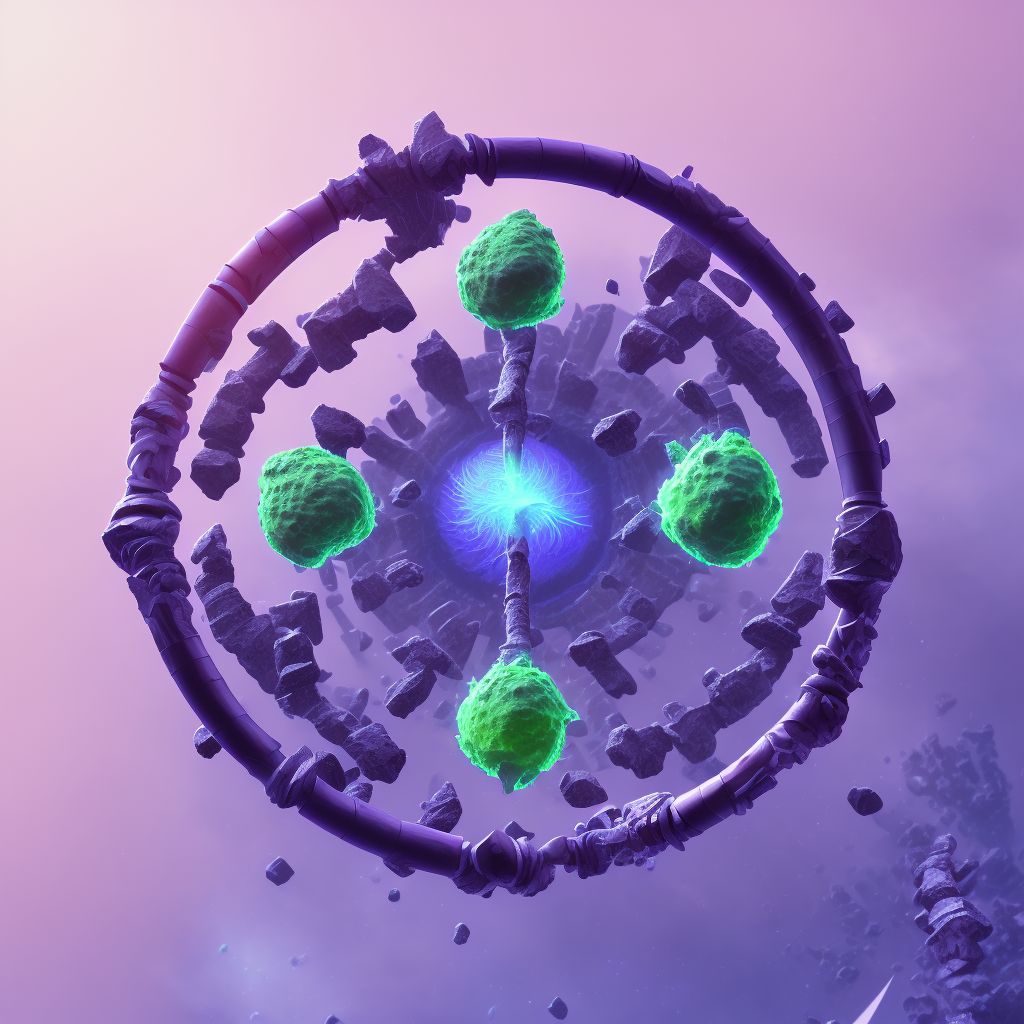
Nondisplaced spiral fracture of shaft of right tibia, sequela Save
ICD-10 code: S82.244S
Disease category: S82.244: Nondisplaced spiral fracture of shaft of right tibia
Nondisplaced Spiral Fracture of Shaft of Right Tibia, Sequela: Causes, Symptoms, and Management
A nondisplaced spiral fracture of the shaft of the right tibia, sequela, refers to a healed fracture that occurred in the past but still has lasting effects. This type of fracture is characterized by a twisting force that causes the bone to break along a spiral line. While treatment options for this condition are not discussed here, it is essential to understand the causes, symptoms, and management of this specific sequela.
- Causes:
- Symptoms:
- Management:
- Rest: Allowing the affected leg to rest is crucial for the healing process. This may require the use of crutches or a walking aid to minimize weight-bearing activities.
- Ice: Applying ice packs to the affected area helps reduce swelling and inflammation. It is recommended to use ice for 15-20 minutes at a time, several times a day.
- Compression: Wearing a compression bandage or brace can provide support to the injured area and help reduce swelling.
- Elevation: Elevating the leg above heart level can assist in reducing swelling by promoting better blood circulation.
The main cause of a nondisplaced spiral fracture of the shaft of the right tibia is trauma or injury. This can occur during high-impact activities, such as sports-related accidents or falls from heights. The twisting motion applied to the bone can lead to a spiral fracture.
Common symptoms associated with this sequela include persistent pain, swelling, and tenderness around the affected area. Some individuals may also experience difficulty walking or bearing weight on the affected leg. It is essential to seek medical attention if any of these symptoms persist or worsen over time.
Proper management of a nondisplaced spiral fracture of the shaft of the right tibia sequela involves various strategies:
It is important to note that these management techniques are general guidelines and should be followed under the supervision of a healthcare professional. Each case may require specific treatment plans and rehabilitation exercises tailored to the individual's needs.
In conclusion, a nondisplaced spiral fracture of the shaft of the right tibia, sequela, can cause long-term effects even after the initial fracture has healed. Understanding the causes, symptoms, and appropriate management techniques is crucial for individuals dealing with this condition. If you suspect you have this sequela, it is advised to consult a qualified healthcare provider for a proper diagnosis and treatment plan.
Treatment of Nondisplaced spiral fracture of shaft of right tibia, sequela:
Treatment Options for Nondisplaced Spiral Fracture of Shaft of Right Tibia, Sequela
A nondisplaced spiral fracture of the shaft of the right tibia can be a challenging condition that requires proper treatment for a successful recovery. This type of fracture occurs when the tibia bone breaks in a spiral pattern without any significant displacement of the bone fragments. To ensure ef...
To see full information about treatment please Sign up or Log in